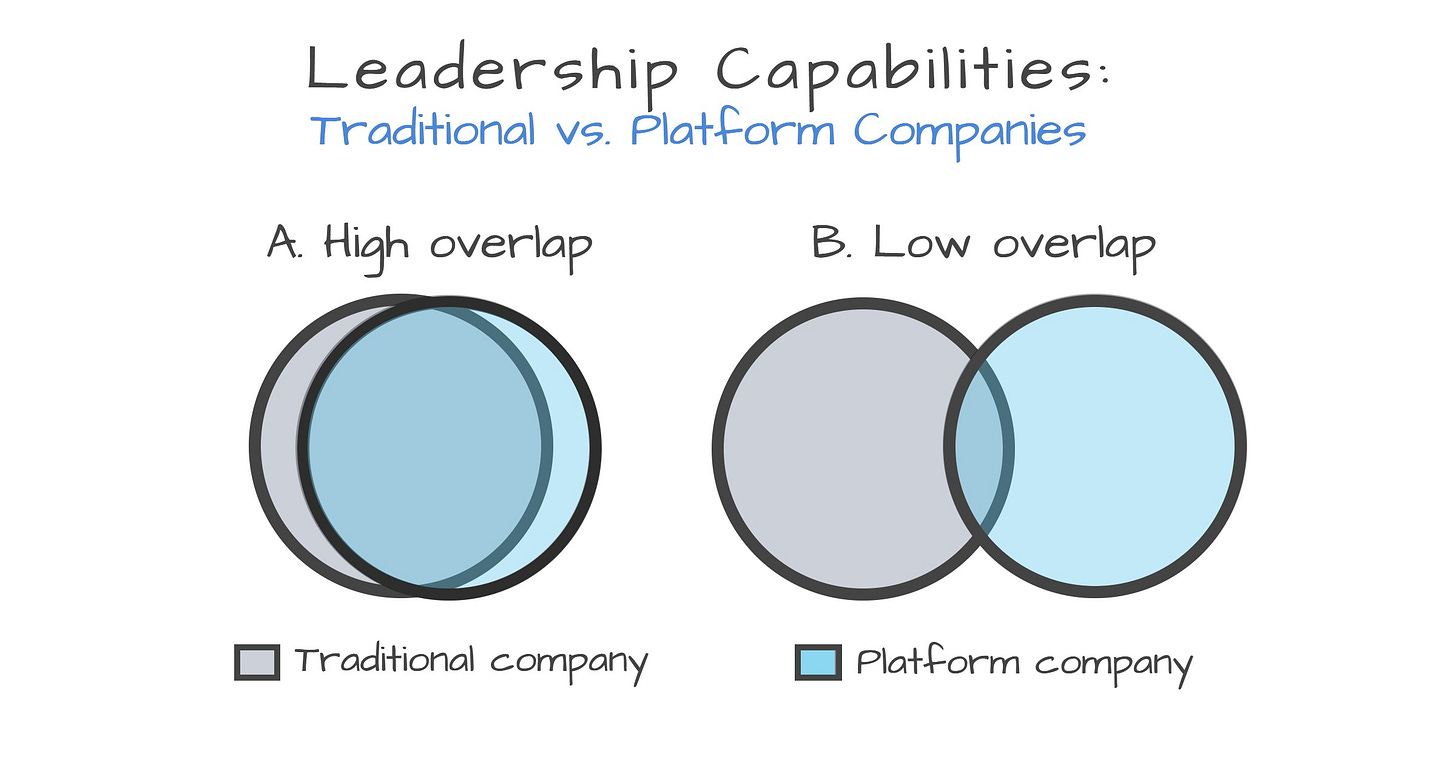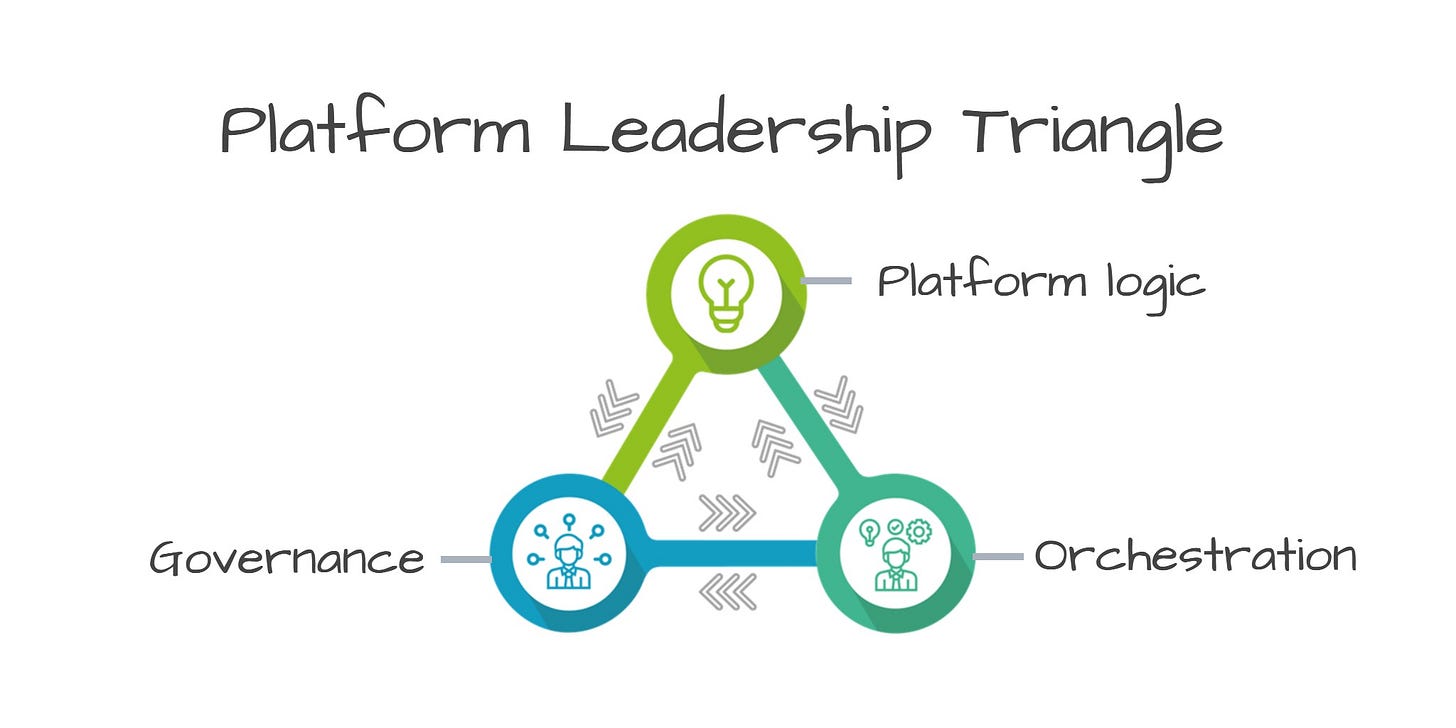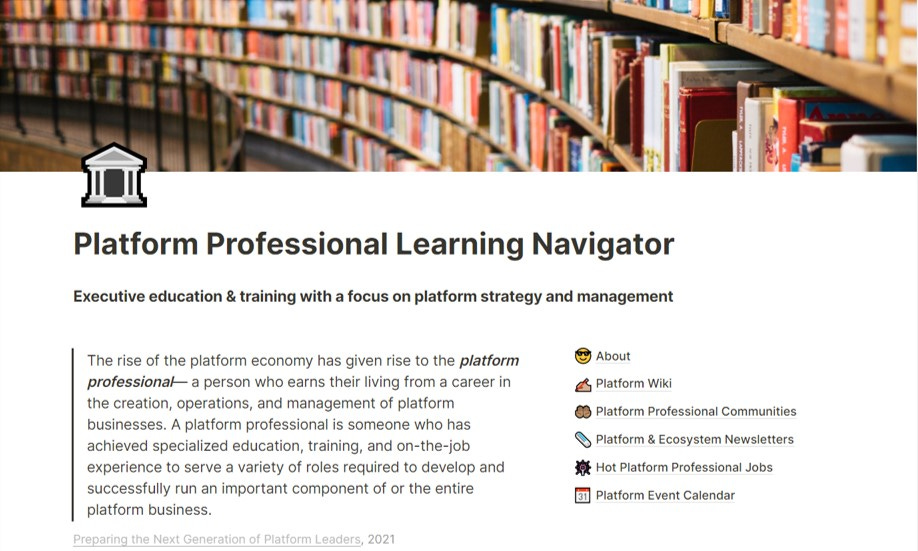In the mid-1990s, Harvard Business School launched a program called the New CEO workshop. It was an invitation-only program organized for newly appointed CEOs of large, complex companies with revenues of $2 billion or more. The program was chaired by Michael Porter. Other prominent Harvard Business School faculty participated as well including Nitin Nohria the Dean of the Faculty.
Over the course of a decade, the program engaged over 110 CEOs representing range of industries. The program also helped to inform important research and the role of CEOs in large, complex organizations. In addition to a series of articles and papers, the program provided important input for the Handbook of Leadership and Theory and Practice, a dense 822-page volume published in 2010 as part of the centennial celebrations of the Harvard Business school.1
I’ve had a copy of the Handbook for a while and have found it valuable in gaining a deeper appreciation for the complexities facing CEOs and the challenges associated with leadership development. For example, Jay Conger has a great chapter on the importance and critical design features of leadership development programs.2 But overall the volume feels incomplete and even a bit dated. None of the 26 chapters of the book address platforms. Indeed, there is not a single mention of platforms in the entire book. In a chapter that drew heavily on the New CEO workshop, Porter and Nohria report that 49 percent of the CEOs came from manufacturing companies.
We can rightly wonder how relevant the leadership scholarship is for a world in which platform companies now make up a growing share of the world’s largest companies by market captialization and influence.
This brings us to the question of the distinctiveness of leading a platform company verses a traditional company. How much overlap is there? Are the leadership qualities and capabilities required for traditional companies more or less interchangeable with a platform company? See the “A. High overlap” Venn diagram below. Or, are there substantial differences as in the “B. Low overlap” diagram? If so, how are they different?
Platform Leadership
Three platform leadership capabilities stand out as being particularly unique and important: platform logic, platform orchestration skills, and platform governance skills.
Platform logic
Platform leaders must be versed in the underlying logic of platforms. They must have a strong grounding in how demand for a product is dependent on the demand of others buying that product and how partners can contribute to that demand. They need to have a deep understanding of economic principles driving platform business models and how technologies, data, and operations enable these models. They must be able to develop the platform’s strategic road map; shape the selection of key partners and technology that drive platform growth, and understand what design and pricing choices drive positive and sustainable network effects.
Orchestration skills
Platform leaders must be adept at coordinating the actors and activities that build value across the double-sided or multi-sided marketplace they manage. A primary responsibility of the platform leader is to implement mechanisms to provide the incentives necessary for outside participants to bring value to the platform while preventing or at least minimizing the occurrence of bad actors.
The ability to drive outcomes across internal business units and functions and with external contributors and collaborators. They need to have a dedicated focus on connecting partners to each other in ways that create value for the overall ecosystem. They must also establish and drive incentives and metrics that enhance positive interactions and sustained engagement.
Governance skills
A third key leadership skill is the ability to pilot a company’s system of rules, practices, and processes that are central to directing and controlling the firm. The rise of the modern enterprise favored leaders who established centralized authority, and of a clearly defined hierarchy with distinct roles and functions. Platforms are different and require different governance. Platform leaders must develop guidelines, policies and procedures that spell out the required behavior of ecosystem participants contributing to and consuming from the platform. They must have the ability to translate platform logic into operational control systems and regulations that shape desired behavior, navigate conflict, and achieve value creation objectives across a much broader group of stakeholders many of which they do not have direct control.
Parting Thoughts
While we can debate the degree of overlap with traditional firms, platform leadership is sufficiently different to warrant attention. Leaders must not only shape the direct organizational mission, strategies, structures, and culture but also the growth of external user bases and their interactions with other users. Platform leaders need to be able to orchestrate and inspire. They need to engage and lead the whole ecosystem. They must shift their focus from inside the firm to outside, where they can scale faster through partners and where third parties can add ideas and resources that the platform does not own. These are distinct capabilities that require a different type of leadership.
More resources are available here:
Footnotes









